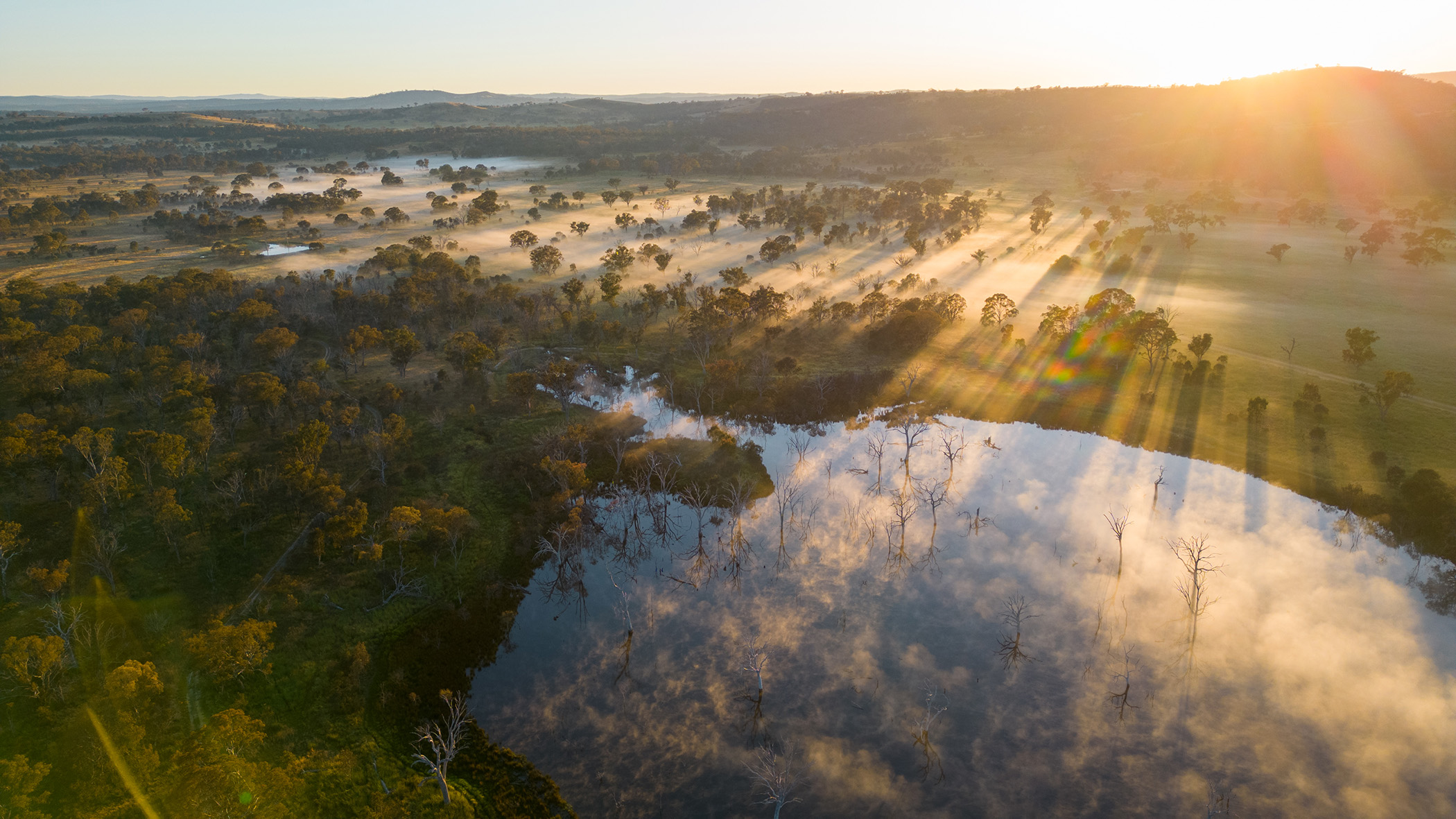
In the field
Going into the field is fundamental to research and education in the Fenner School. You’ll find our researchers and students in places ranging from woodlands in Canberra to villages in Fiji and Vietnam.
Researchers from the Fenner School currently maintain over 100 long-term field sites. These field sites play an important role in fulfilling our mission to stem the high rates of species endangerment and extinction, and conserve Australia’s distinctive biodiversity.
Our work on species biology and ecological management is closely supported by our programs in spatial sciences, policy, and environmental change. Data generated from our field sites is helping to inform government policy about best practices for long term biodiversity conservation.
Major long-term field sites include:
- The globally significant Victorian Central Highlands Research Program, from which three and a half decades of data have been generated
- The Mulligans FlatGoorooyaroo Woodlands Experiment, a worldfirst, long-term restoration experiment run in partnership with the ACT Government.
Our field sites and collaborative partnerships with external organisations represent major research and education infrastructure for the nation. The value of long-term data sets generated projects such as the Central Victorian forests is estimated to be worth approximately $25-30m.
The field-based approach to our research presents a range of opportunities for students to engage in hands-on, research-led learning in the field, both in Australia and overseas. Each year our students visit places from woodlands at the edge of Canberra, to villages in Fiji and Vietnam. Find out more about our field-based education opportunities.


